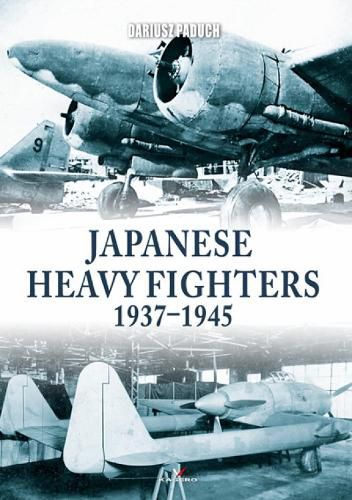Readings Newsletter
Become a Readings Member to make your shopping experience even easier.
Sign in or sign up for free!
You’re not far away from qualifying for FREE standard shipping within Australia
You’ve qualified for FREE standard shipping within Australia
The cart is loading…






Japanese heavy fighters - were they even made? Yes, they were created, but it is relatively difficult to determine which Japanese fighters can be called heavy and which cannot. In Japan, the division into light and heavy fighters was completely different from that in Europe or the USA, and basically every plane armed with large-calibre machine guns or cannons was considered heavy, despite the fact that it often had no or only symbolic armour, and its gross weight in Europe would be considered low. In the second half of the war, this began to change and there were fighter designs that can be safely considered heavy, but few of them went into serial production, and even fewer managed to participate in combat. The choice of Japanese planes touched in this book is certainly controversial, but it allows you to recall many little-known, though very interesting, designs. The book also covers Japanese aircraft machine guns and cannons, which will make it easier to get the idea of the subject, despite the complex marking system. 330 archival photographs, colour profiles
$9.00 standard shipping within Australia
FREE standard shipping within Australia for orders over $100.00
Express & International shipping calculated at checkout
Japanese heavy fighters - were they even made? Yes, they were created, but it is relatively difficult to determine which Japanese fighters can be called heavy and which cannot. In Japan, the division into light and heavy fighters was completely different from that in Europe or the USA, and basically every plane armed with large-calibre machine guns or cannons was considered heavy, despite the fact that it often had no or only symbolic armour, and its gross weight in Europe would be considered low. In the second half of the war, this began to change and there were fighter designs that can be safely considered heavy, but few of them went into serial production, and even fewer managed to participate in combat. The choice of Japanese planes touched in this book is certainly controversial, but it allows you to recall many little-known, though very interesting, designs. The book also covers Japanese aircraft machine guns and cannons, which will make it easier to get the idea of the subject, despite the complex marking system. 330 archival photographs, colour profiles